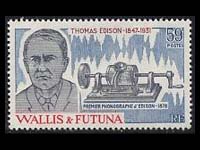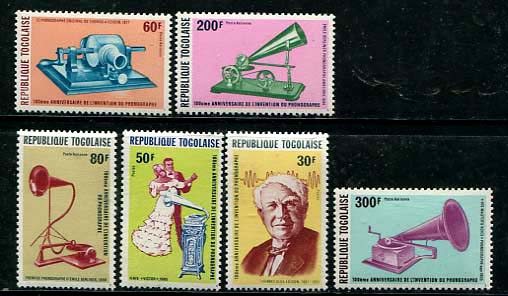
 On this day in 1931, Thomas Edison submitted his last patent, a patent for a device with which you can hold an article to be electroplated.
On this day in 1931, Thomas Edison submitted his last patent, a patent for a device with which you can hold an article to be electroplated.
The first great invention developed by Edison in Menlo Park was the tin foil phonograph. While working to improve the efficiency of a telegraph transmitter, he noted that the tape of the machine gave off a noise resembling spoken words when played at a high speed. This caused him to wonder if he could record a telephone message.
More inventions by Edison
He began experimenting with the diaphragm of a telephone receiver by attaching a needle to it. He reasoned that the needle could prick paper tape to record a message. His experiments led him to try a stylus on a tinfoil cylinder, which, to his great surprise, played back the short message he recorded, “Mary had a little lamb.”
In total he submitted 2332 patents. The most well-known are those for his perfected version of the light bulb which made electric light available for general public.
Edison was also fascinated by the motion picture. On October 17, 1888, describing his ideas for a device which would “do for the eye what the phonograph does for the ear” — record and reproduce objects in motion. He called it a “Kinetoscope,” using the Greek words “kineto” meaning “movement” and “scopos” meaning “to watch”. This marked a period of decades where he tried to find out how to combine moving pictures with sound.
Here you can find a list of all stamps with the topic inventors.
Related articles across the web
![]()


